_____________
ilikeyoualot, 20
It’s time for me to admit that I am no good.
I have never had sex with a man, but if that is part of your method of controlling me, I accept it. My few times having sex with women have been terrible.
I would love to be kept away from human contact. If I could be in a dungeon or jail cell at all times, that would be perfect. I have thought of committing a crime and getting myself sent to prison for real.
I do not care what I look like. That is up to you. I like the idea of having my testicles removed, also my cock. If you would like to remove my tongue so that speech is no longer part of my life, I think that is an excellent idea.
Comments
ilikeyoualot (Owner) – Nov 24, 2025
I think I finally found someone truly sick enough to truly ruin me. Someone I’ve given all my details too but also humiliating videos of me drinking my own piss and eating my own shit. The trick is to find someone who hates you.
Kasper_the_polish_ghost – Nov 20, 2025
The hole is so big that you can throw an apple inside.
ilikeyoualot (Owner) – Nov 17, 2025
So far I like being belittled, humiliated, getting rimmed, and being fisted, gaped, and, prolapsed most of all.



______________
pliéboy, 18
Young, flexible ballet student — fit, smooth, and always in motion.
I spend my days perfecting form and balance; at night, I want to surrender that.
I have a short refractory period and love having load after load milked out of me and fed back to me, but that’s not a requirement.
Ownership vibes more than welcome.
Comments
pliéboy (Owner) – Nov 7, 2025
Please stop with the fake military profiles.
AussieLAD – Nov 6, 2025
bruh mascular bit ruff looking acting 8.5 cut gym hero junkie party guty get spun af and naked with you ne day aye awesome face gimme gimme
Vince728281 – Nov 6, 2025
Hi I do everything for you hot me up and i suck your gum out of your Dick!
upforanythingjake – Nov 6, 2025
Wanna try some fingering your ass and shit comes out from you. And eat it.


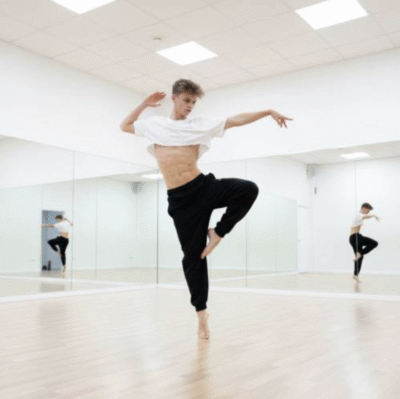
_______________
oneforall-allforone, 18
kinda willing do whatever it takes to be spoiled rotten hehe 😉
Comments
MasterOfSex – Nov 11, 2025
fist him or whatever
danny – Nov 9, 2025
Bring as much 420 and coke as you can fit in your pockets.
oneforall-allforone (Owner) – Nov 5, 2025
not sure if im sexually attracted to guys or if i just dont mind doing things i kind of hate haha
LodgerFromHell – Nov 2, 2025
fragrance of decency is missing
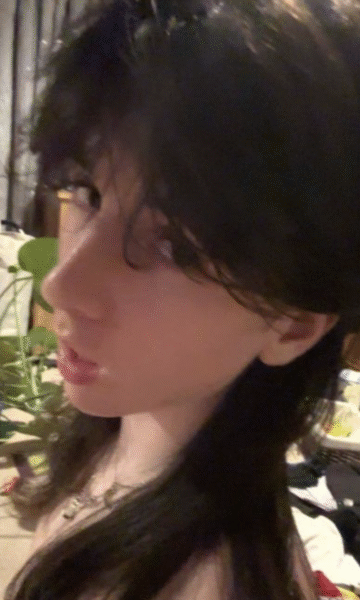

_______________
Goldielocks, 19
2025 model research-chemical rape-toy desperate to be kept in a non-stop chemed-out hypersexual coma.
Bootybumps until I’m permanently horny, pupils blown, hole gaping from XXL Bad Dragon, Chance, Crackers, Diego, Apocalypse knots 24/7.
I need a sadistic intellectual Master to finish frying whatever’s left of my brain.
Extreme cerebral requirements: Filmed daily IQ tests while I’m peaking — laugh for hours at how many brain cells I’ve killed this week
Forced mental degeneration journal that you read back to me while I’m knotted and slamming another rail.
Only message if you actually stock 3-MMC/a-PVP among other chems and have already turned boys into real 24/7 chem vegetables before.
Comments
CrossRunner – Nov 20, 2025
His sincerity is the most touching thing.
Operationcodeblack – Nov 17, 2025
Hey sorry just been slamming this kid and fucking him with a group of buddies. One of the guys just prepared a new round of points and a tourniquet and a point is laying on his chest so I think we are about ready to admin again. Yes one guy is tying off his arm. Should be RIDING the RUSH into the abyss any second. Talk on the other side.
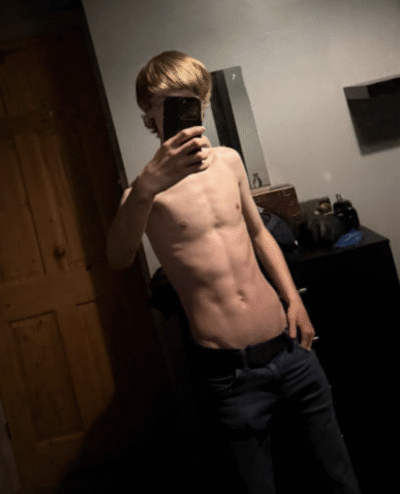
______________
i_doom_you, 19
so here’s the lowdown… been auctioned off as a longpig a few times. no one ever went through with it (not really shocked) if u want a longpig and have a use for my meat let me know, happy to discuss. just don’t scam me anymore please. i’m not doing it.
Comments
bonesawfilm – Nov 16, 2025
Fast food eating junkie meat is an acquired taste.
dicknotized – Nov 12, 2025
If you’re feeling trepidatious ask him to tell you stories of all the miserable things that have happened to him in his life. He has plenty. And he loves to talk.
i_doom_you (Owner) – Nov 4, 2025
DON’T MESSAGE ME IF YOU ARE NEED FRIEND.

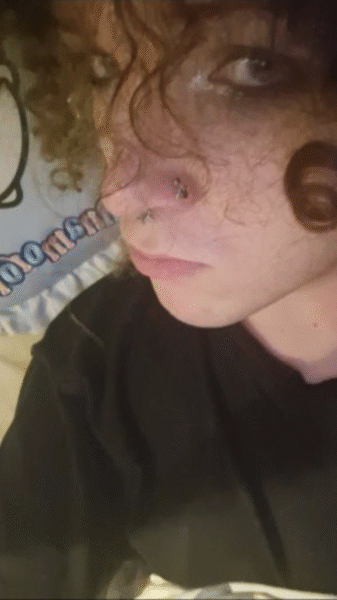
______________
sadhorrorclown, 20
im looking for aboyfrined im into horror movie role playing thier no fetish I won’t at least try once ill admit im not very attractive I look kind of ugly but thiers a top for every lid or so im told either way im rlly into the band carcass
Comments
FreddyKrooger – Nov 13, 2025
You love hearing that you’re a demented faggot who’s too stupid to know any better than to get pozzed. You wanna hear that you’re doomed to die of AIDS. Tell me there will be a red ribbon on your gravestone. It’s your destiny. You wanna take chem shards in your butt to really get you good and brain dead for your conversion. You’re a fucked up faggot.
MichalMyers – Nov 13, 2025
You’re past the point of no return, your mind and soul have been converted completely into depravity. Now you just need to you’re body to catch up.
FreddyKrooger – Nov 13, 2025
There’s no turning back for you now, the bug has fully taken over your brain. You need death cum in your guts. You lust for the day that you learn that you will die from AIDS. It is your destiny. You’re doomed, and the more you realize that, the harder you get.
FreddyKrooger – Nov 13, 2025
You are a fucking slave to poz cum. It’s all you think about. Your dick gets so fucking rock hard instantly thinking about taking a death load deep inside your bowels. Dying of AIDS makes you so fucking horny. You want a poz dad to look you in the eyes as he’s cumming in you and tell you You’re going to die of AIDS. Get knocked up!
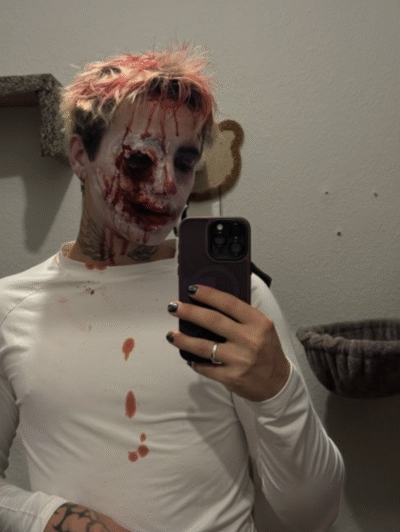
______________
mouth4yourusemylord, 19
looking for a cool man who’s up for a quick hookup, squats on me, and shits down my throat
can’t get it up, my sex life consists of eating men’s shit
send a picture of your “production” in the toilet bowl
live in Afghanistan if my location is an issue well tough 😂😎
Comments
mouth4yourusemylord (Owner) – Nov 6, 2025
before what you people call the Taliban took over
Twinkwhisperer – Nov 6, 2025
But apparently you can travel (Eiffel Tower!)
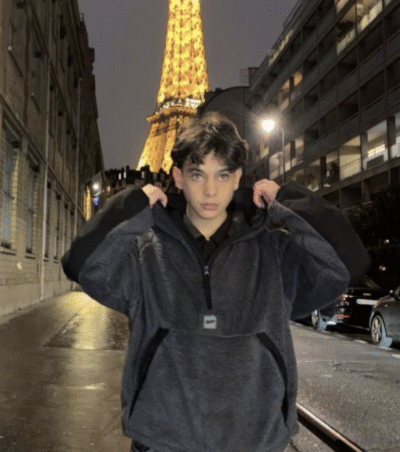


_______________
Ironbutterfly, 19
I have slowly developed a compulsive fetish for shooting cum into my open eyes. I constantly fantasize about a bunch of men ejaculating directly into my open eyes. I know it will be excruciatingly painful, but it sounds feels hot. Man after man shooting cum into my open eyes. They take turns holding my eyes open so they don’t close. Could this be my destiny?
Comments
TallDaddyBear – Nov 22, 2025
He is completely fantastic.
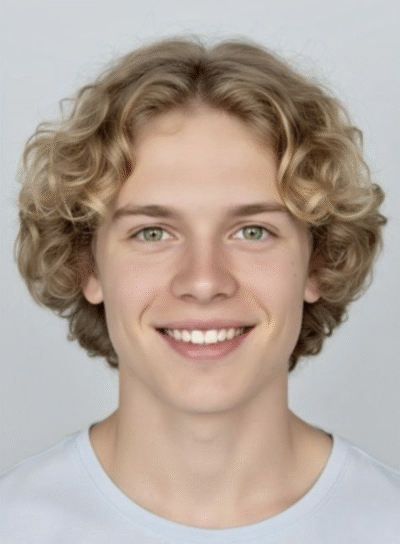

_______________
Clumsy, 20
I’m 20
I’ve had a very disappointing history with dating (as in lack of) and am so fucking tired of it
I’m a virgin
I’m looking to not be by whatever means necessary
So I’m actually irl a chill very religious guy who likes hiking and board games
Jesus Christ is my favorite artist
Nashua Nh is my home town
Comments
slumslut – Nov 12, 2025
I kill you 2 Night …
Clumsy (Owner) – Nov 9, 2025
I will say it again and again, WITH GOD ALL THINGS ARE POSSIBLE!!!!!!!!!!!! Just prayyyyyyy and have faith!!!!!!!!!!!!!!!!!
needlover – Nov 8, 2025
Kim is polite, steady, respectful, genuine, responsive, reliable, private, disciplined boy who believes in God. He has the stoic perfect attitude to be sex meat, and a face so cute I wanted to fist his nostrils.
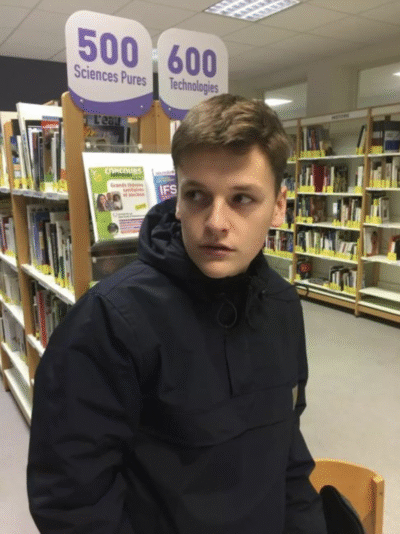

_______________
cheapthing, 19
I will include this astrology info on me as it has a huge impact on my sex life and those in my sex life or coming into my sex life. You should know this about me!!!
I am 5 times Scorpio. 5 of the 9 planets were all aligned in the house of Scorpio at the time & location where I was born. This is considered a rarest of rare, next to impossible grouping.
Comments
cheapthing (Owner) – Nov 15, 2025
I remember you, you seemed like a Leo.
unknowncharm – Nov 15, 2025
Looking back, I had my bare cock in almost 80 teenaged drug whores. I prefer scrawny, used bodies over a perfect body. I’ve even fucked fat boys, if they were young enough. But I prefer skinny so I can imagine they’re emaciated due to AIDS. These days, nothing gets me harder than seeing a boy with track marks, or who openly smokes crack. The other day I picked up this skinny dirty looking whore, same shirt pants and astrology bullshit. To my delight he immediately began smoking crack in my car. He asked me to buy him more and he left the car for 20 minutes with $30. I didn’t think he’d come back, but he did, and immediately began making out with me in between hits off his crack pipe. I was ready to explode. I got him home and he took another hit and I pounded him for 3 hours and flooded his pussy with four thick loads. I had a full body orgasm imagining the diseases he might be giving me.

_____________
VaguelyHorny, 22
Help me not be afraid of sex.
Comments
ncbareback – Nov 21, 2025
😅😅😅 I’d kill to slam and go absolutely disgustingly mental with Mark Conners 💦🤪🍆 I’m sweating and incoherent thinking about it.
mattg – Nov 21, 2025
I would fuck Mark Conners until he was crippled.
BoyStrngler – Nov 21, 2025
Dear God please tell me you actually are the guy who played Mark Conners on The Conners and didn’t just steal his photos. I wanna blow my load in that skinny fagboy. But only after passing his skinny ass around to a bunch of hung men and gangfucking load after load into the bitch and then fistfucking his hole into a gaped out cavern.

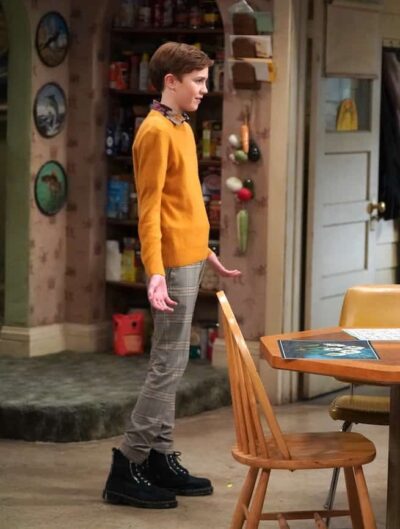
____________
Branching_out, 18
im just looking to hook up with nice older guys in denver colorado
Comments
BetterCallJerome – Nov 22, 2025
He’ll hardly do anything and he wants money for it.
imjustboredok – Nov 14, 2025
I am a 56 old cowboy who travels around the USA driving the large trucks soon to pass through denver and i’d likes to take pictures and videos of your nude body while tied up in all sorts of positions and areas that include the outdoors, which include pictures and videos of your nude body being sexually and physically abused by me in both indoor and outdoor settings. I dream what your bare bottom would feel and look like if it was spanked almost to the point of it turning black and blue. I wonder what your nude body would look like if I was to wax my whole body while you were hanging naked by your wrists. I do have other sexual thoughts which include being you placed in a position of you being my nude slave for the rest of my life.
whiteslut – Nov 8, 2025
His novice ass thinks most cocks are huge at this point, so…
early_bird – Nov 3, 2025
Really hard asf right now. You look fun.

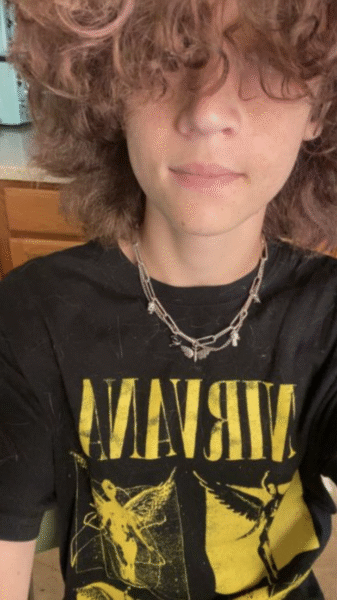
_____________
RapeBitch, 21
I think you will be pleasantly surprised.
Comments
DarkDesireX – Nov 12, 2025
He has a cute, slappable face. In other worlds he could have been a model, only there it was flushed and screaming… *sigh* such is life.
BlueNuts – Nov 9, 2025
Go to his place, slam him, roll him on his stomach, get down to business, have 2-4 hours of insane fun.
MasterOfSex – Nov 5, 2025
Buddy-like conversation over a few beers then I screwed his butt into a pile of mashed potatoes. Pity he won’t kiss.
Spankozzy – Nov 1, 2025
Gave him a hard spanking, paddle and belt and whip until fire truck red. Then we had anal.
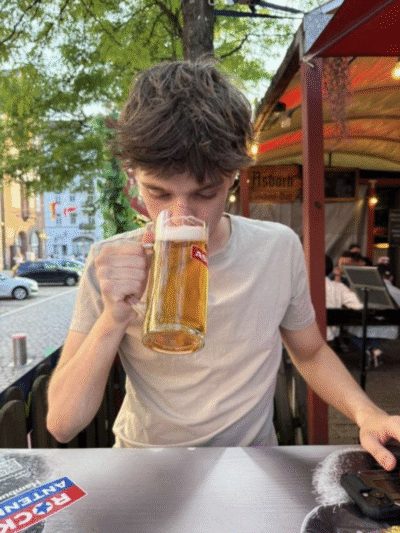
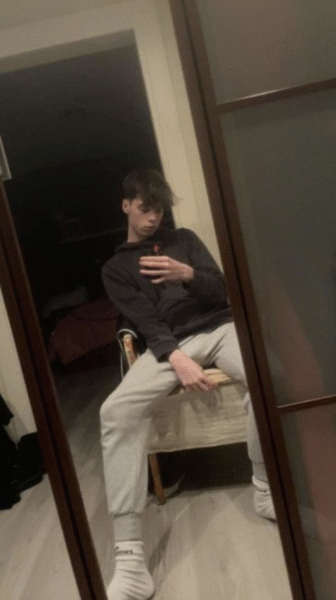
_____________
Sxturn, 18
I want to be your breeding calf. During the day you have me chained down. A machine milks my cock for everything it has. An iv drip pumps chemicals into my body to produce endless milk. a tube flows into my mouth set to feed me forever. My hole has a plug in it keeping me lubed and milking my prostate. my ass has your initials branded into my skin. When you come home you check on me, drink some of my milk, and breed me for how long you would like. Then you leave and start all over again. I dont have a calf suit unfortunately.
Comments
JohnnyLeash – Nov 20, 2025
Perfect for dairy farmers! PERFECT PERFECT PERFECT! Keep it up! This is what dairy farmers deserve, and only him! PERFECT PERFECT PERFECT 👍 👍 👍
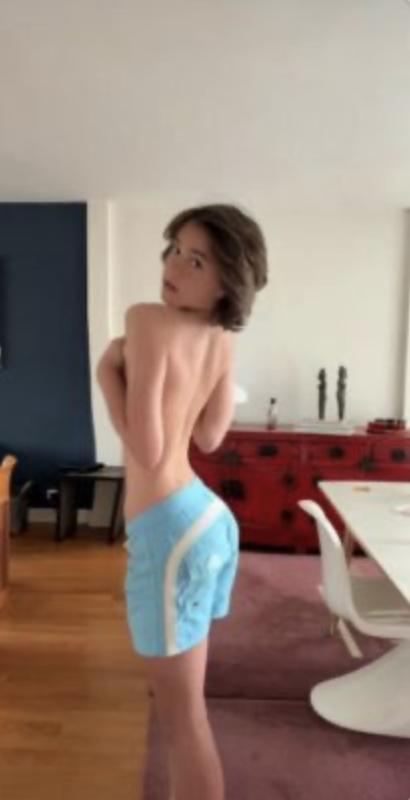
_____________
BisexualStardust, 22
Hey, nice to meet you. I am a total jerk living in Central Texas. I like to meet new people. Like talking and chatting about kink hah. I’m a kinky guy. Very into kinks. Definitely that hards kinks heh. Some kinky ship could be not bad. I’m like German men. My dream here to being germanized by German patriot and become some German fanatic lover.
Comments
AT11hours – Nov 19, 2025
Straight but may or may not have experimented with a man and mine was a very big cock. Now his brain is kind of cooked for it.
Super discreet straight (if you can call it that).
Super normal but obviously if there’s big veiny German donkey daddy meat in front of him it sends him a bit cross eyed.


_____________
Spic4Snuff, 24
Listen up, you pale-skinned predators. Let me lay out exactly what’s on offer here—a broken-in, prime piece of spic meat, lean, athletic, with an ass that won’t quit and an 8.5-inch cock that’s been trained for abuse, not pleasure. Owned already by a master who gets hard watching me bleed, choke, and scream. He’s a cold-blooded racist with a vision: my endgame.
My owner wants me slaughtered—slowly, creatively, savagely—by a select crew of White sadists who understand *real* hatred. Think branding irons, knives, guns, gang fists that split me open. Anything goes except scat. That’s the only line I’ve got left.
I’m here because he’s handpicking killers for my last scene. You want a corpse? I’m it. You want to hear bones snap under pure White dominance? That’s the soundtrack we’ll make. Come claim what’s left of this spic before it’s too late.
Comments
Europe2026 – Nov 16, 2025
We heard you the first time.
Spic4Snuff (Owner) – Nov 16, 2025
One last time, you White, racist sadists with steel in your eyes and hate in your veins. I’m prime for the butcher block, real spic objct – built like a brick shithouse, ink-scarred hide, swinging 8.5 inches of brown meat, and an ass hot enough to make a racist’s teeth itch.
My Owner’s a connoisseur of cruelty. Loves watchin’ me raped raw, beaten bloody, tortured ’til my screams sound like hymns to him. But here’s the *pièce de résistance* – he’s curatin’ a finale. His magnum opus. Wants a few *select* White men to help end me. Permanently.
I ain’t here to beg. You want in? Then you better come heavy. Bring your knives, your fists, your guns, your blow torches, your coldest contempt. My pain’s your pleasure, my agony your dessert. Tear me apart while my Owner watches, smirking.
And when I’m finally still? There’s an afterparty. Taste my flesh. Maybe he’ll tan my hide into leather – a souvenir for the *real* enthusiasts.
Think you’re worthy? Prove it. Bring the hate. Bring the hurt. Let’s make this death a true masterpiece.
Iamxavier – Nov 11, 2025
why are you still alive? just to make us suffer?


*
p.s. Hey. So, here’s the deal. Tomorrow I fly to NYC to do a reading on Monday. On Tuesday I fly to LA where we’re showing ‘RT’ on Thursday. I’ll be in LA for about a week and then I’ll fly back to NYC where we’re showing ‘RT’ twice on the 12th and 14th. Then I’ll return to Paris, and the blog and I will return to this space with my annual favorites of the year post on Wednesday, December 17th. Feel more than free to leave comments or hang out or do almost anything you want here until the blog and I get back and catch up with you. ** Carsten, Your chosen cake is reflective of your allergy to Xmas’s eccentricities, and god love you. I’d practically still be a foetus if it wasn’t for the French. I take 2 mg of melatonin per night except when I’m traveling and suffering through big time changes in which case I take 4 mg. Melatonin definitely helps me sleep, but it doesn’t have an effect on everyone, for sure. It’s worth a try re: your mom. It’s completely harmless. ** _Black_Acrylic, Haha, thanks. Friends here and I had an initial discussion about our buche candidates, and the staircase one was among them. Also the cheese wheel, the melted apples one, the ‘coffee cups’ one, and the pinecone. So far. I watched ‘The Center Will Not Hold’ and enjoyed it as well. Have a truly lovely early December, Ben. ** Steeqhen, Hi. I listed my pals’ and my initial possible buche purchases just above. I’ve never watched ‘Stranger Things’, so that one just looks a goth Xmas ornament or something to me. No Thanksgiving for me, nope, and no Black Friday exploitation either. Everything about Disneyland interests me, so I’ll look for that video. I hope if you made the trip that she rocked you or whatever she does. From her name, she doesn’t seem like a rocker. ** Uday, Oh, good. I often feel my blog’s buche love falls on deaf ears. Yes, the Sonny Bono piece was in ‘All Ears’. I cut it when did the bigger non-fiction book ‘Smothered in Hugs’ because it was just a workmanlike thing for money. Amazing how much magazines used to pay for journalism. That piece was for John Kennedy Jr.’s old magazine George. Blondie better than ABBA?! No way, dude, haha. But I love your love. Where are you applying or maybe where are you most hoping will accept you? ** Bill Hsu, Not bad, yeah. Unfortunately the Black one is only available very far away from Paris despite the name of the maker. I crave that one too, yes. eBook, cool, if nothing else. Any particularly pleasurable Xmas build up plans? ** HaRpEr //, Hey. The cheese one is a very strong candidate, white chocolate notwithstanding. The Hermes one is way, way out of our price range sadly. Oh, pal, I’m so sorry about the job center catharting. But maybe you feel better somehow and hopefully its witness feels better or worse and something. Yes, I leave tomorrow, but I should have downtime in LA to assemble your post while I’m there. Thank you! I hope your next two weeks provides plenty of upbeat stretches. I’ll be teleporting offshoot vibes from whatever good shit happens on my end. ** Laura, Yes, the trick is to try to see the buches in the flesh before forking out for them because the photography can be and often is very glamorising. I think it might be google translate that neutralised the descriptions because I had to feed the originals into that platform in order to give y’all the English scoops. Way, way, way too long a story re: why ‘RT’ was so difficult to make. In a word, we had an absolutely horrible and neglectful and often destructive producer. My faith is based on my usually good instincts. Great news that you edited a bunch despite insufficient sleep. I am, yes. a bit rushed preparing for the big trip, as might be evident. We don’t usually watch the film at screenings. We go out, walk around, have a coffee, etc. and go back at the 92 minute mark to do the Q&A. That said, we have watched the film a thousand times. Have a lustrous two+ weeks. ** Right. By sheer coincidence, the blog’s time away will leave you looking continually at the month’s slave contingent for better or worse. You all take care of yourselves and so on, and I will see you again before too long.
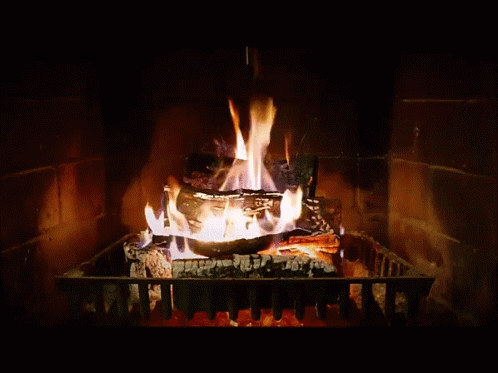



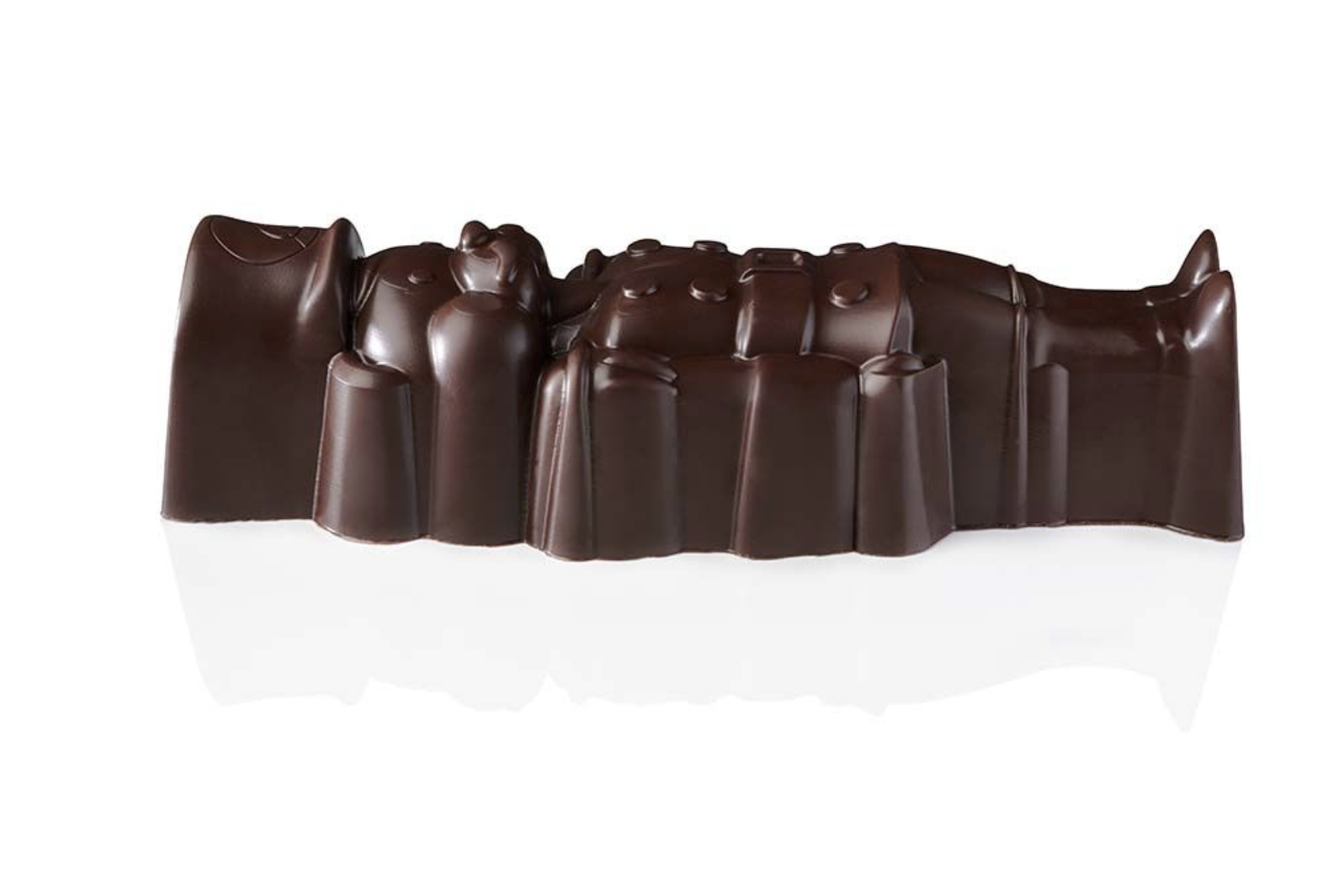




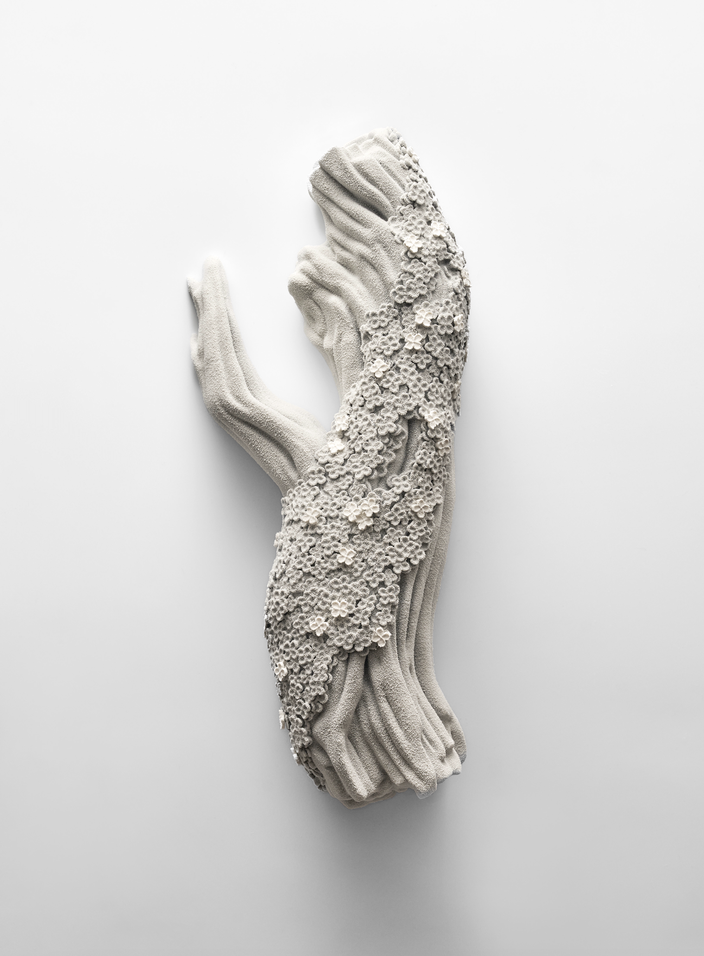



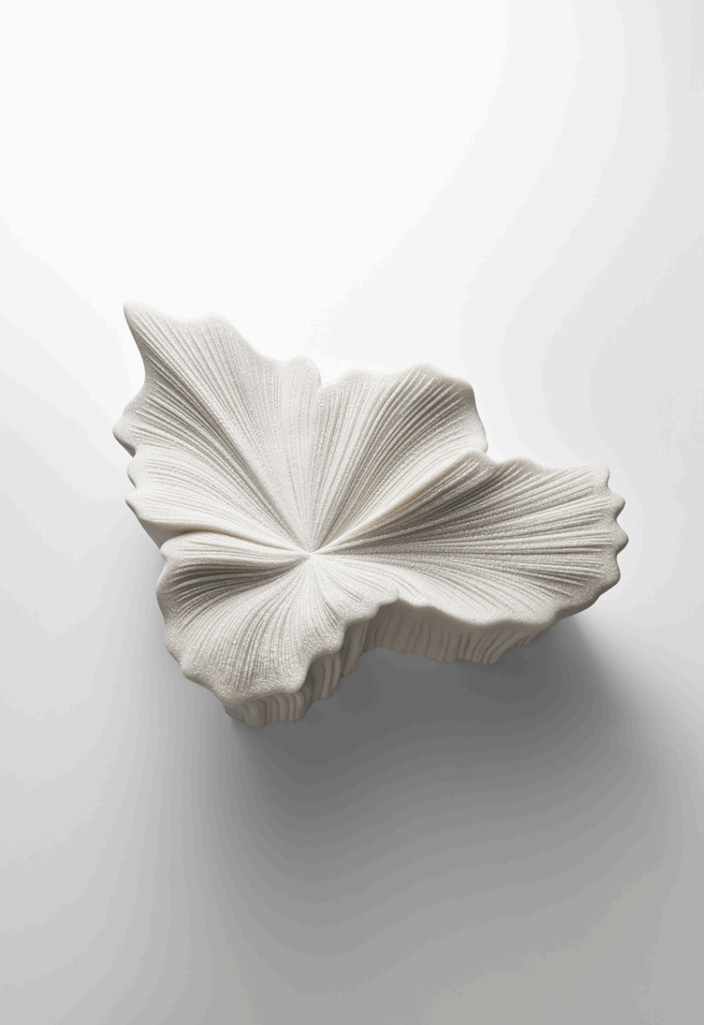



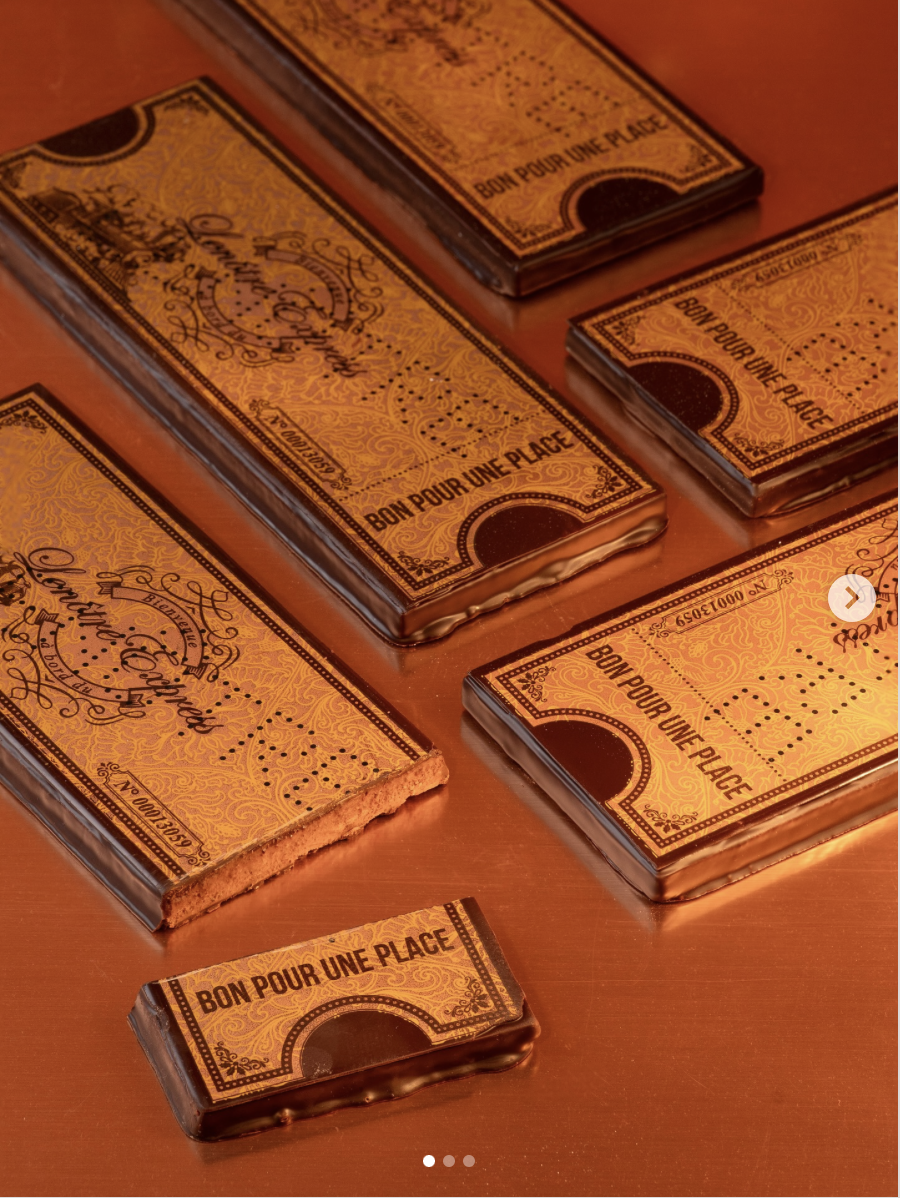

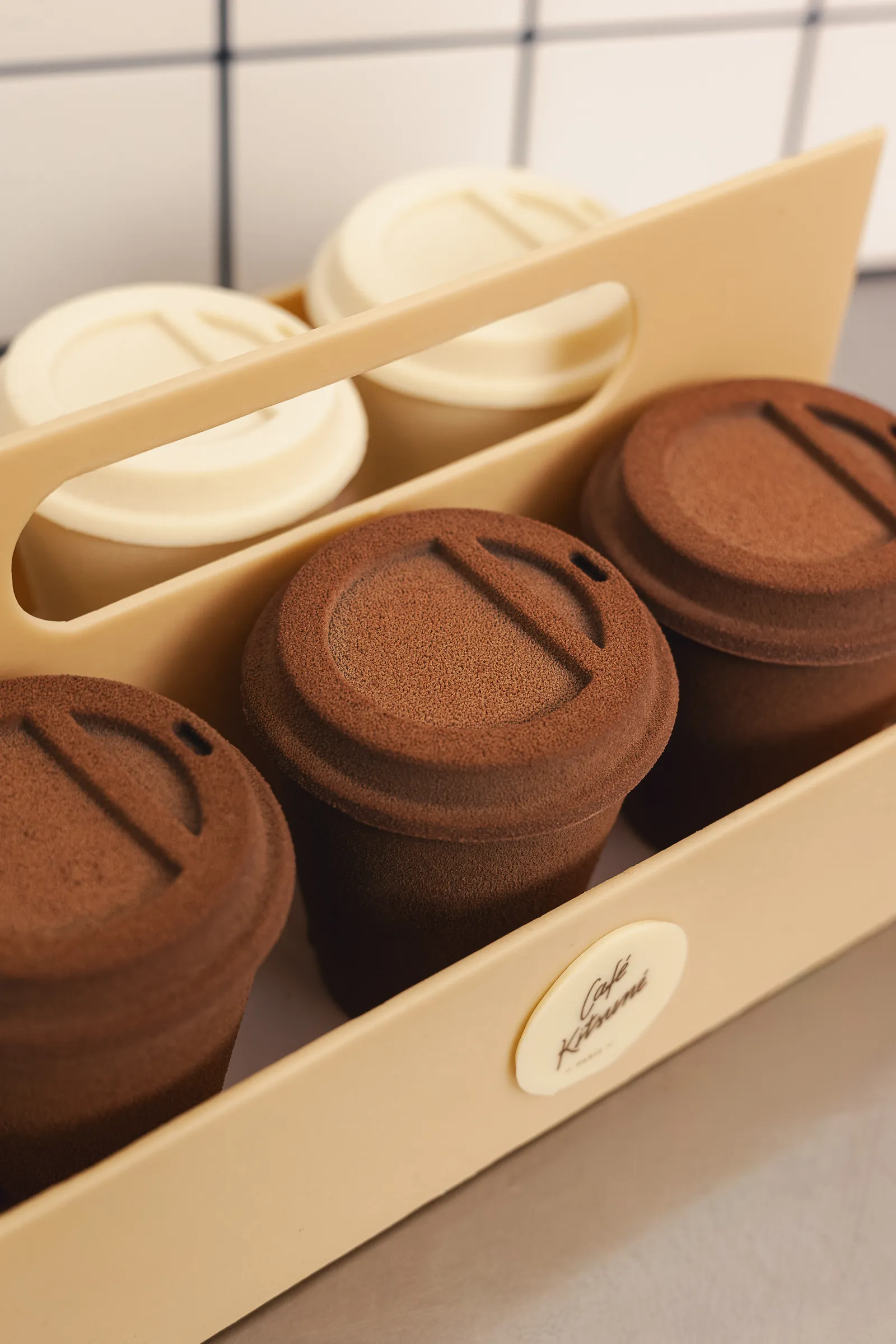

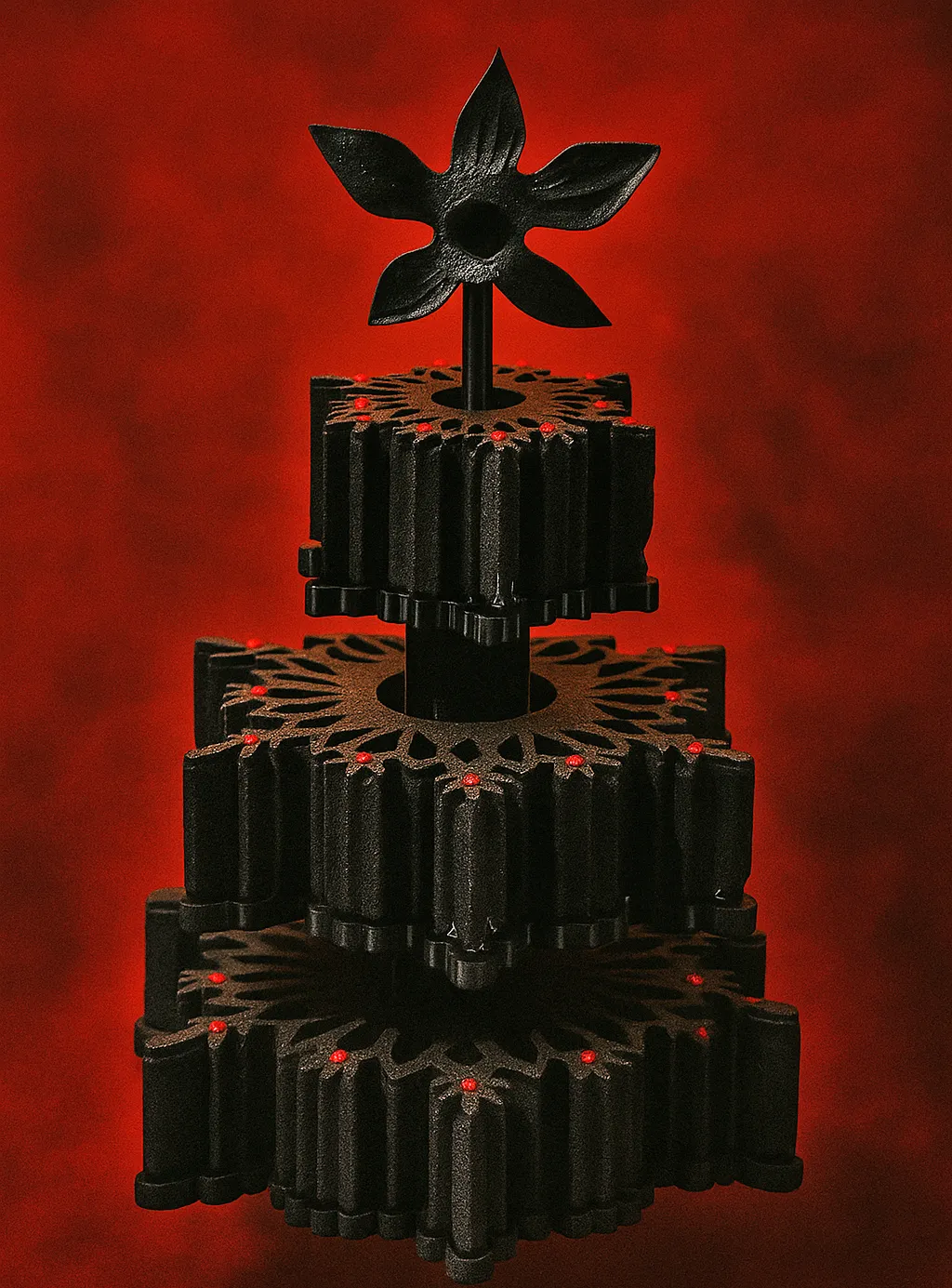

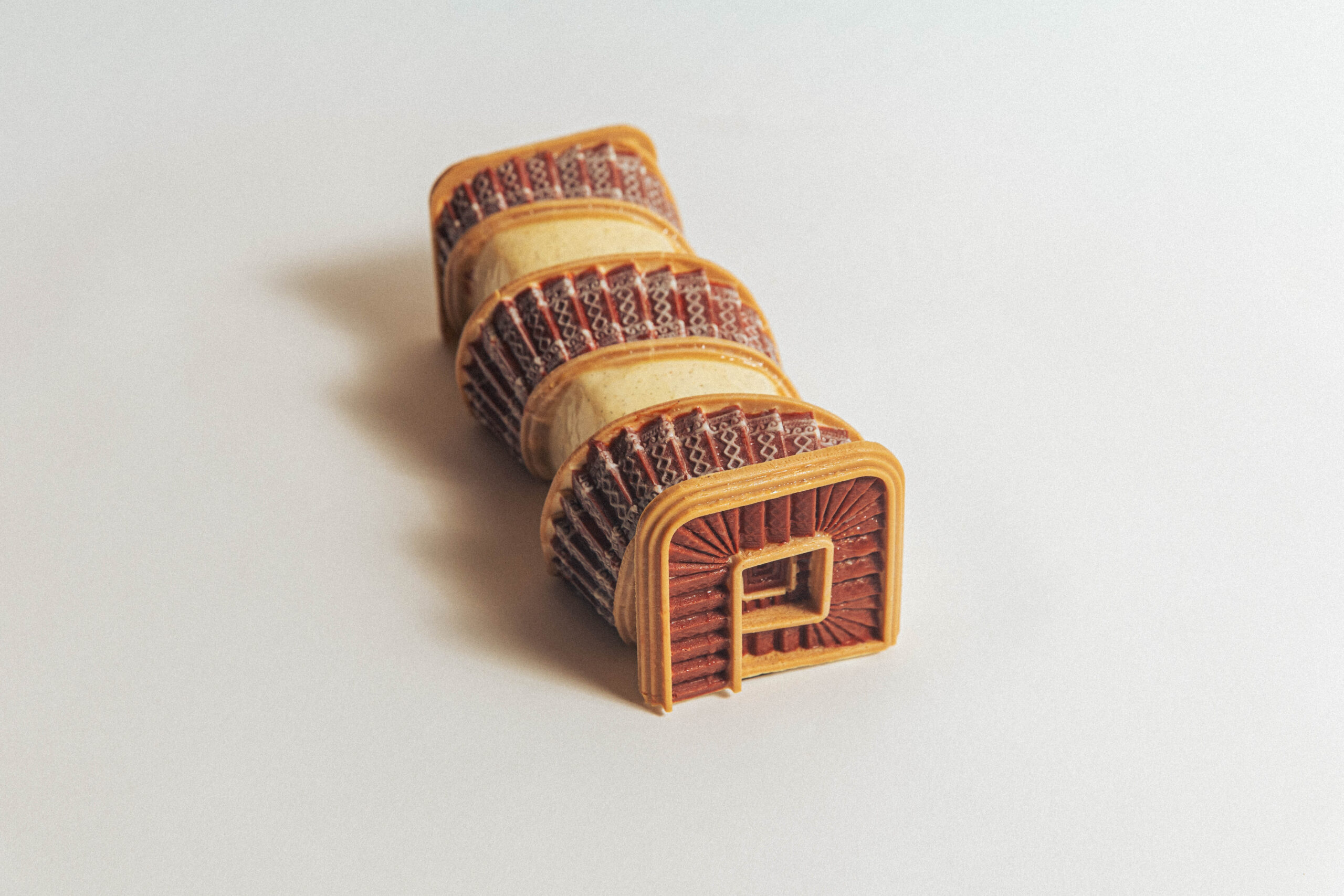




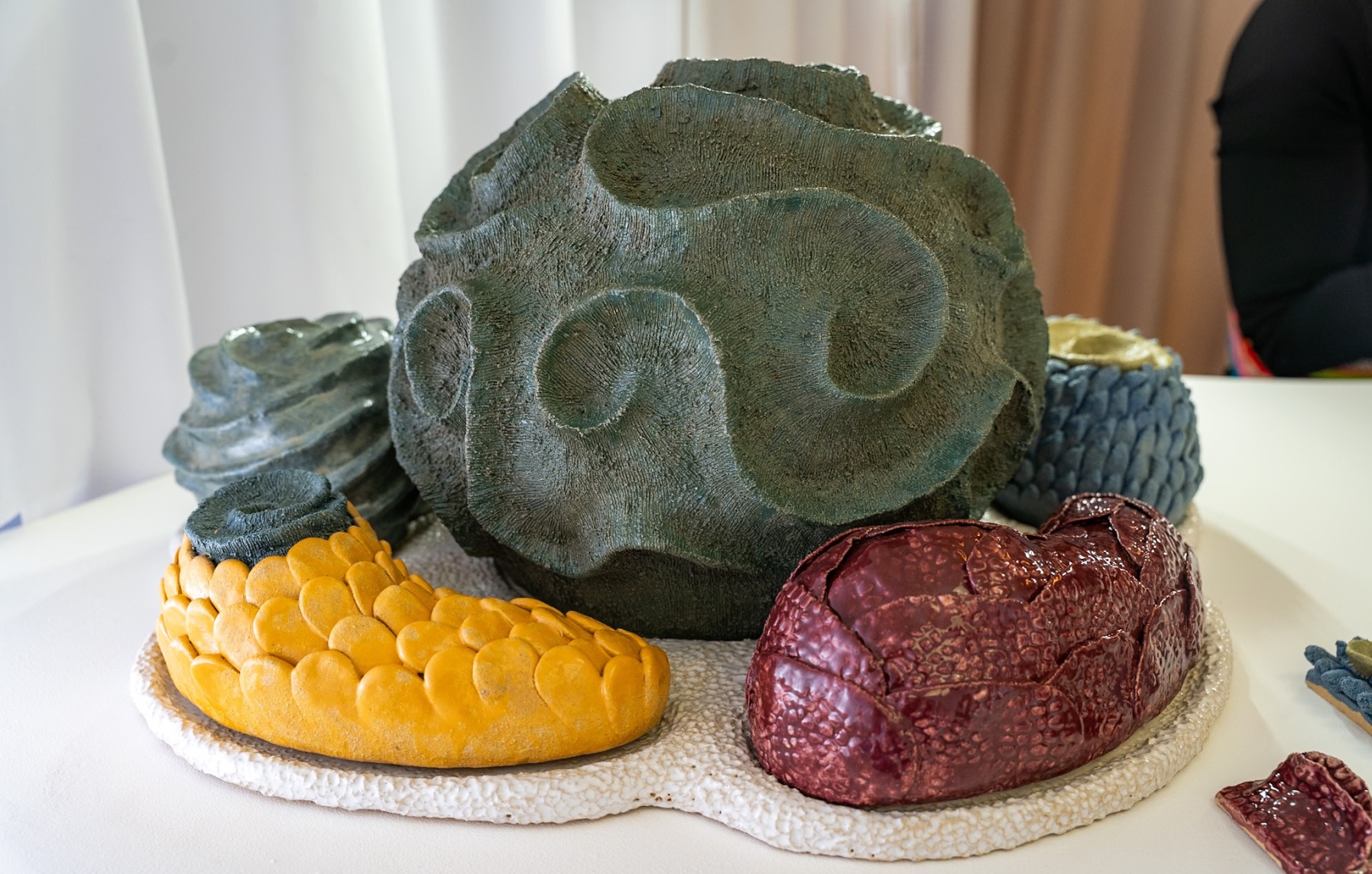

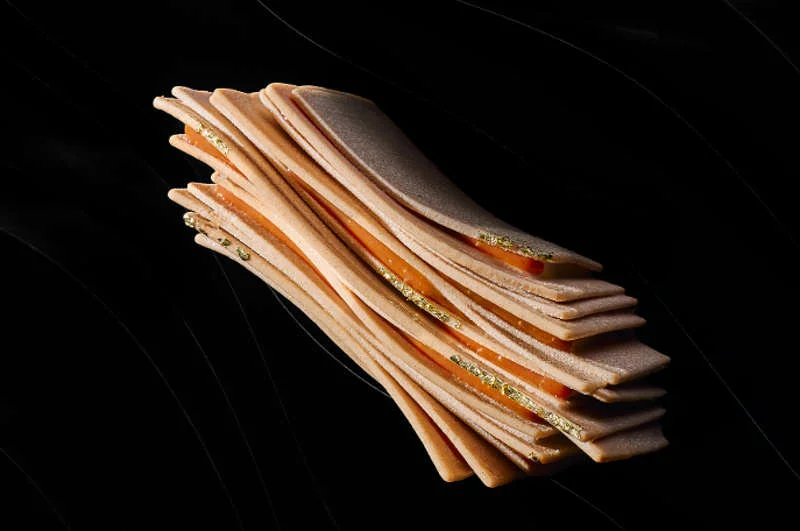
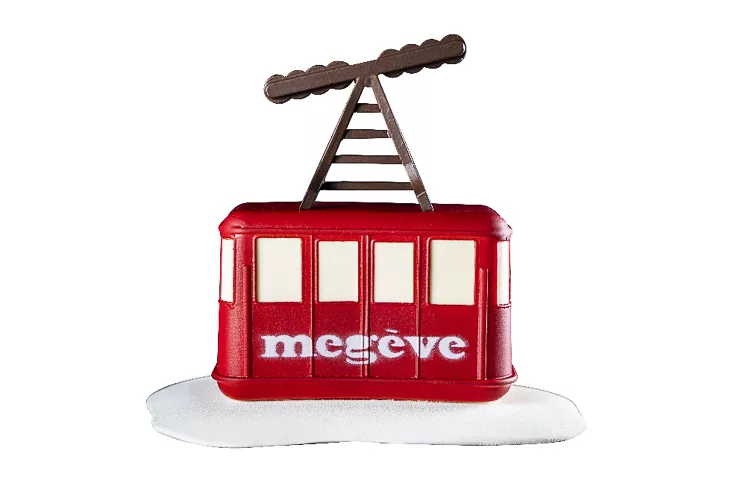
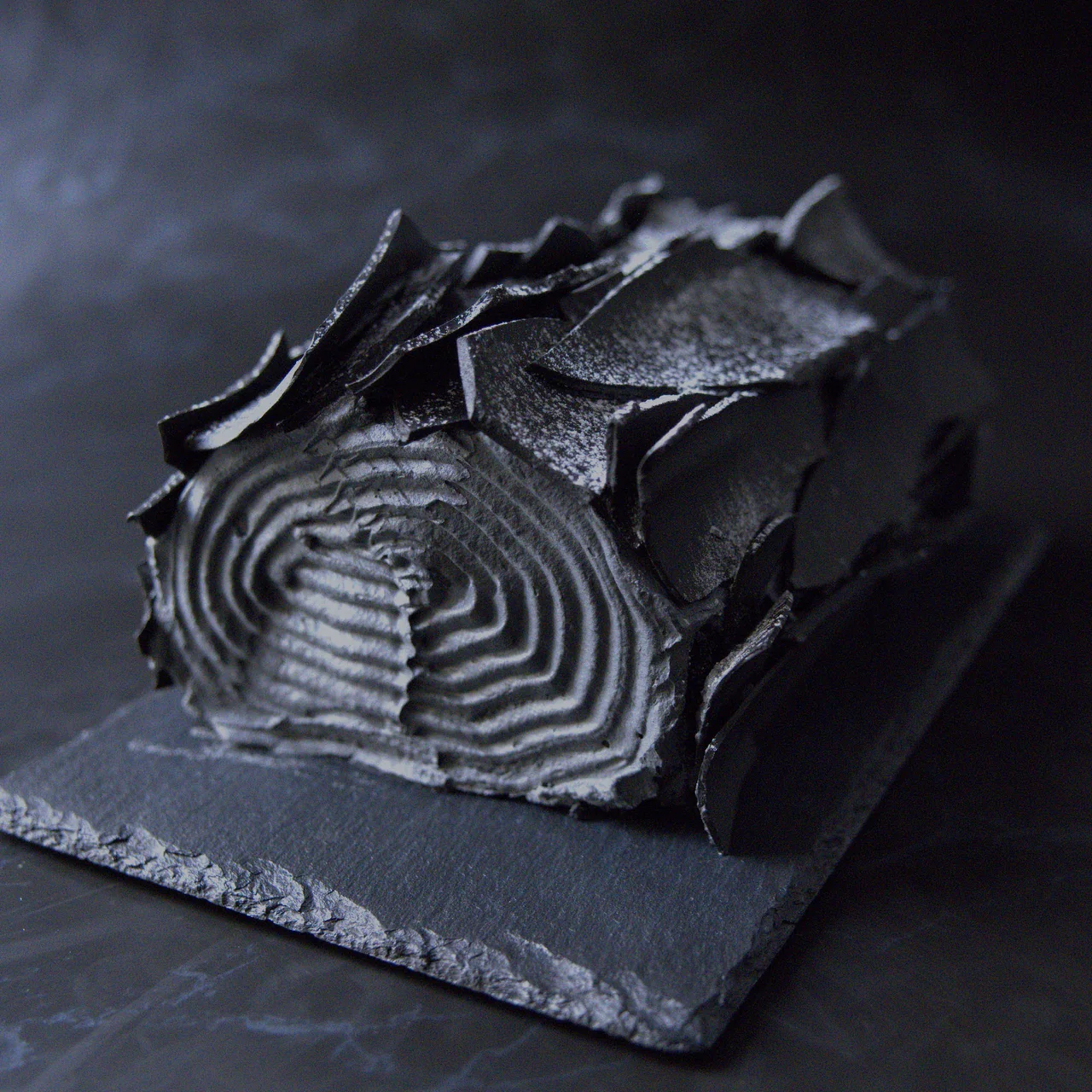
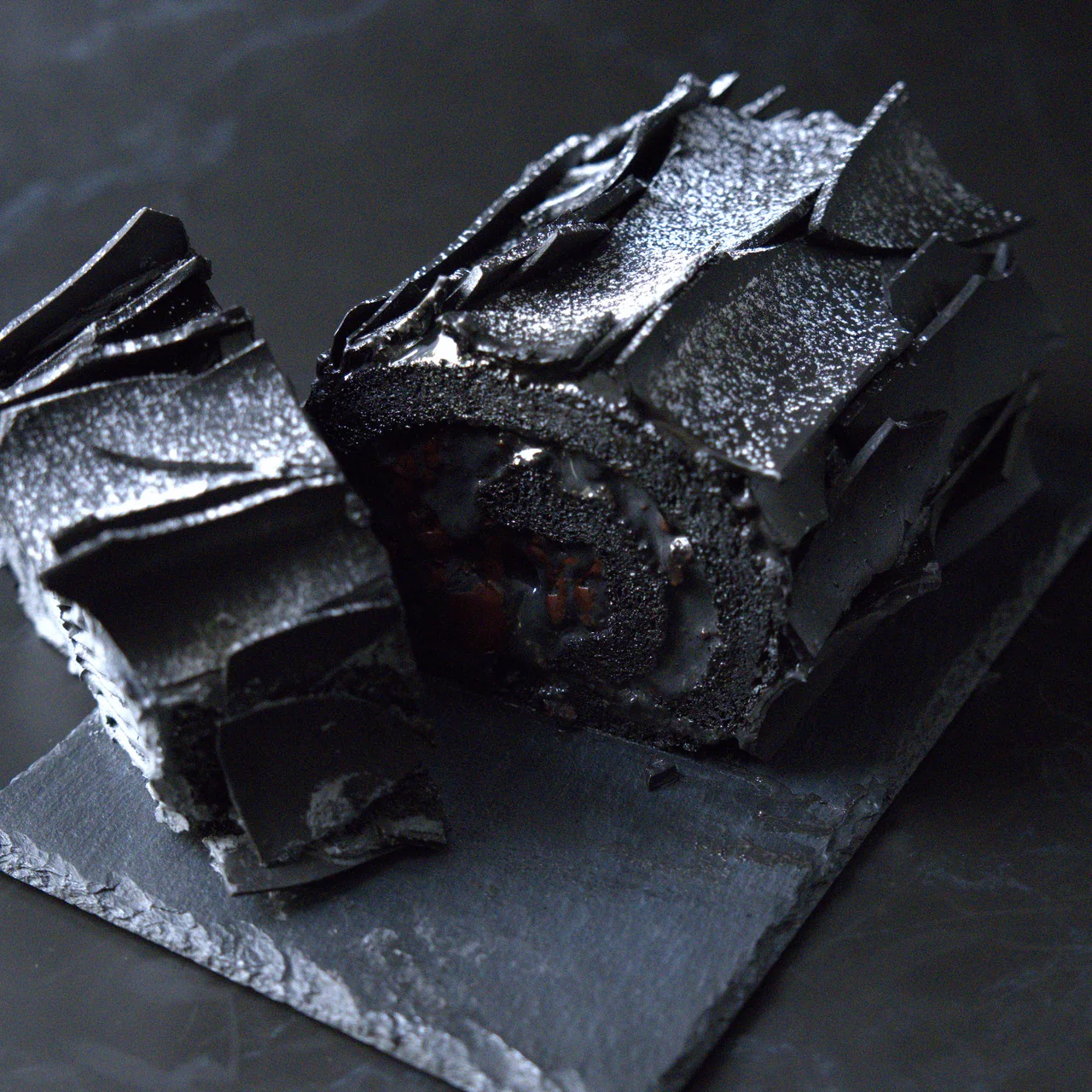

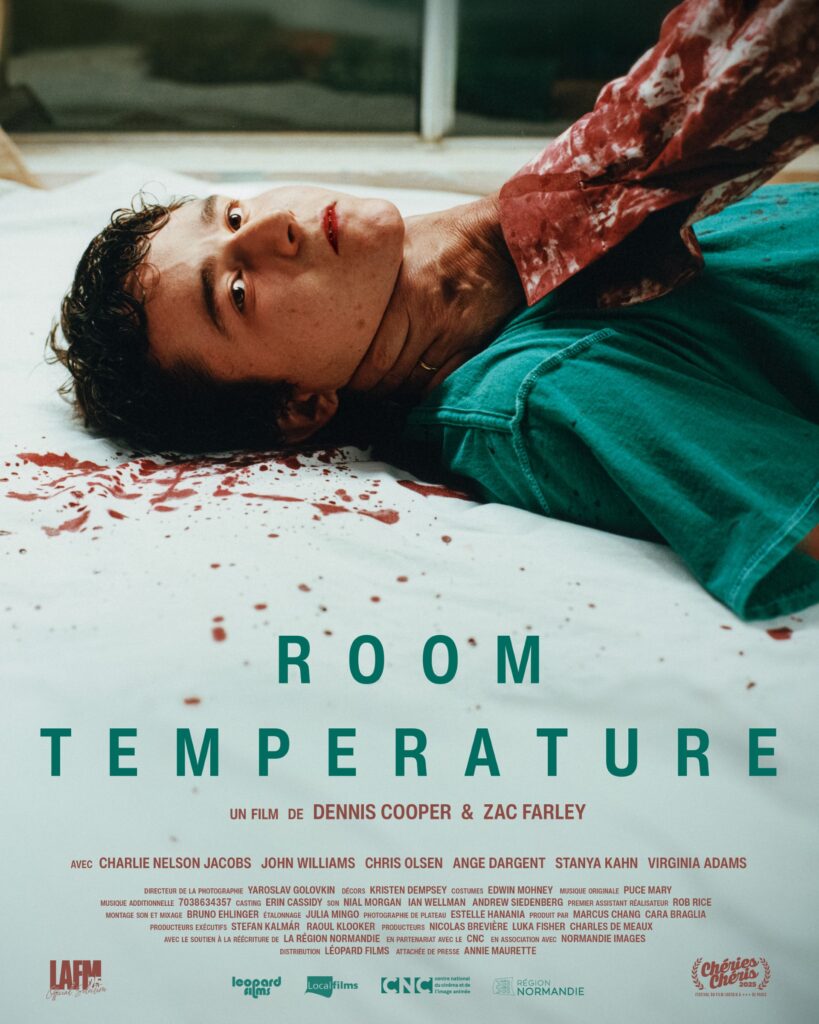



 Now available in North America
Now available in North America 